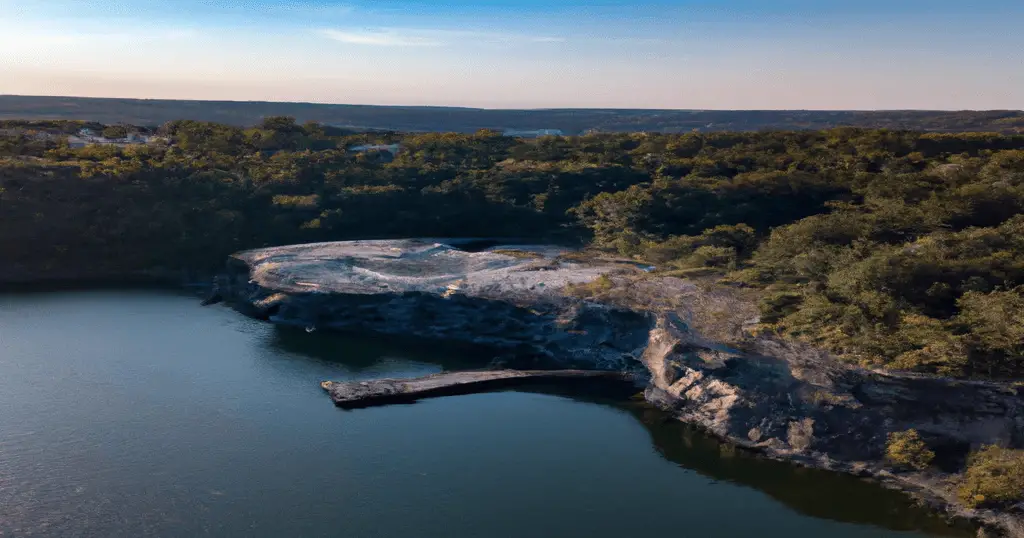Yurts are part of the glamping trend that has taken the tourism industry by storm. Many people, who have spent a night in a yurt, have played with the idea of living in a minimalistic yurt long-term, surrounded by nature. Unfortunately, this is easier said than done because when it comes to unique living space, the law in the U.S. is definitely lacking behind. Let’s take a look at what it takes to live in a yurt permanently and legally.
As is often the case, the legality here varies from one state to another:
Legality in Hawaii
In Hawaii, yurts were approved as legal permanent residences. At least in theory. Unfortunately, only yurts on the Big Island of Hawaii have received the stamp of approval. Yurts on other islands have been unlucky in this regard so far. This is a shame since glamping and yurts are becoming increasingly popular and are a great addition to all-inclusive ecotourism packages.
Big Island recently made changes to its building code in a way, allowing properties that already have a primary residence permit to establish accessory buildings, such as yurts, with no additional permits required.
Legality in California
The legal situation in California is complicated. Generally, the state of California only permits yurts to be used as auxiliary structures. By definition, this means you are not supposed to live in them. They are meant to be subordinate to the main building. In practice, it depends on the country and the tolerance of the local building officials. Some yurt owners have had success in establishing their yurt as a permanent residence, while others have been less lucky. The counties of Napa and Mendocino are known to be particularly tolerant when it comes to yurt permits.
Legality in all other states
Most other states only allow yurts as a temporary structure, that are meant to only be erected for a maximum of 6 months. Whether these laws are enforced is a different question.
Some areas have no building codes at all.
Some unincorporated areas have no building codes to enforce. This makes them ideal destinations to settle down and erect your cozy yurt without having to worry about having to tear them down later. The following 12 states either have no statewide building codes or allow for counties to opt out of these codes. This does not mean you can build freely in those states. These are simply the states that are worth taking a closer look at if you are looking for a place to legally live in a yurt:
- Texas
- Colorado
- Tennessee
- Arizona
- Alabama
- Delaware
- Illinois
- Mississippi
- Missouri
- North Dakota
- West Virginia
- Wyoming
Can you keep your yurt erected permanently?
As mentioned, many jurisdictions only allow you to keep your yurt up for 6 months of the year. Some get around this by regularly moving the yurt to a different spot or a different plot of land. Deconstructing your yurt every few months for maintenance is recommended, as it allows you to take a closer look at the wear and tear of components and potentially replace or repair them while you’re at it.
Do you always need a permit in places with building codes?
Yes, a permit is almost always necessary. Even more so if you actually want to live in the yurt. Early consultation with the competent authorities is therefore advisable in any case. The size and use case of the structure plays a decisive role in the assessment by the authorities.
In addition, “urban planning aspects” are also important – in other words, does the planned yurt fit harmoniously into its surroundings, or does it damage the aesthetics of the neighborhood? If you are surrounded by eco retreats and rustic homesteads, your chance of being granted a permit is exponentially higher than if you want to construct a yurt in the central business district of a city.



